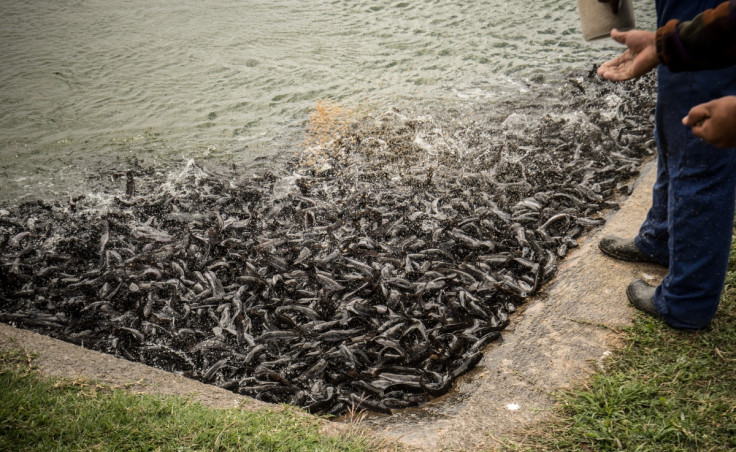Cactus innards can purify contaminated water

The innards of cacti are being used to purify water for drinking and fish-farming. The mucilage from the inside of cacti – a thick, gloopy substance used for storing water and food – pulls all of the contaminants toward it, leaving just the clean water behind.
Research presented at the 251<sup>st National Meeting & Exposition of the American Chemical Society built upon the knowledge that some types of cacti can purify water. This idea is now being applied to fish farms to improve the taste of the produce.
Using cacti in Haiti
The researchers, from the University of South Florida, first began to experiment with cacti in 2006. They cut open the plant, removed its mucilage and added it to contaminated water. The mucilage managed to separate the pollutants from the water, making it safe to drink.
"We found there is an attraction between the mucilage of cactus and arsenic," said Norma Alcantar, researcher working on the study. "The mucilage also attracts sediments, bacteria and other contaminants. It captures these substances and forms a large mass or 'floc' that sort of looks like candy floss. For sediments, the flocs are large and heavy, which precipitate rapidly after the interaction with mucilage." The floc makes it easy to remove the harmful pollutants in the water.
Aquaculture

The scientists have been approached by the Mote Marine Laboratory, Florida, to try and carry out a similar investigation, but on the water used for fish farming.
Due to the large amounts of fish used in some aquaculture, bacteria thrive in their environment and the tanks can become very smelly and unhygienic. This can stress the fish, and eventually leads to an earthy-flavoured meat.
Alcantar and her team are now developing a machine which circulates mucilage through the water tanks. They hope the machine will make it much easier for the tanks to be cleaned, which at the moment takes months.
The researchers are also trying to identify the specific compound in the mucilage which purifies water. They will then be able to synthesise it in the laboratory.
© Copyright IBTimes 2025. All rights reserved.




















